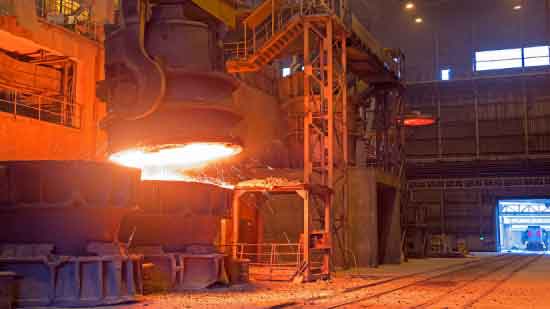
Sand casting is just one of many casting methods available for producing metal components. Let’s compare sand casting with other common casting methods to understand their differences and advantages:
- Sand Casting vs. Investment Casting: Investment casting, also known as precision casting, is a process where a wax or similar pattern is coated with a ceramic shell. The pattern is then melted out, and molten metal is poured into the shell. Here are some points of comparison:
- Complexity: Investment casting allows for intricate and complex designs, including thin walls and fine details, making it suitable for high-precision components. Sand casting is better suited for less intricate designs.
- Surface Finish: Investment casting typically provides a smoother surface finish compared to sand casting, which may require additional finishing operations.
- Material Selection: Both methods can handle a wide range of materials, including steel, but investment casting is often preferred for more exotic alloys.
- Cost: Sand casting is generally more cost-effective for larger production volumes, while investment casting is advantageous for lower volume or highly complex components.
- Sand Casting vs. Die Casting: Die casting involves injecting molten metal into a mold under high pressure. The molten metal rapidly solidifies, resulting in high-dimensional accuracy and excellent surface finish. Here are some points of comparison:
- Complexity: Die casting is better suited for high-volume production and can achieve intricate designs with tight tolerances. Sand casting is more suitable for lower volume production and less complex designs.
- Surface Finish: Die casting provides a superior surface finish compared to sand casting, often requiring minimal post-casting finishing.
- Material Selection: Both methods can handle a variety of materials, but die casting is commonly used for non-ferrous metals, such as aluminum, zinc, and magnesium. Sand casting is better suited for steel and other ferrous alloys.
- Cost: Die casting is generally more expensive in terms of tooling and equipment, making it more suitable for high-volume production. Sand casting offers a cost-effective solution for medium to large production volumes.
- Sand Casting vs. Lost Foam Casting: Lost foam casting involves creating a foam pattern that is coated with refractory material. The foam pattern is then vaporized when molten metal is poured into the mold. Here are some points of comparison:
- Complexity: Lost foam casting allows for complex shapes and designs, including undercuts and internal features. Sand casting is better suited for less complex designs.
- Surface Finish: Lost foam casting can achieve a smooth surface finish, similar to investment casting. Sand casting may require additional finishing operations.
- Material Selection: Both methods can accommodate a wide range of materials, including steel. However, lost foam casting is more commonly used for aluminum and non-ferrous alloys.
- Cost: Lost foam casting can be cost-effective for medium to large production volumes, but it requires precise pattern production and mold handling, which may increase costs compared to sand casting.
The choice between sand casting and other casting methods depends on factors such as complexity, surface finish requirements, material selection, production volume, and cost considerations. Each method has its strengths and advantages, making them suitable for different applications and production scenarios.
